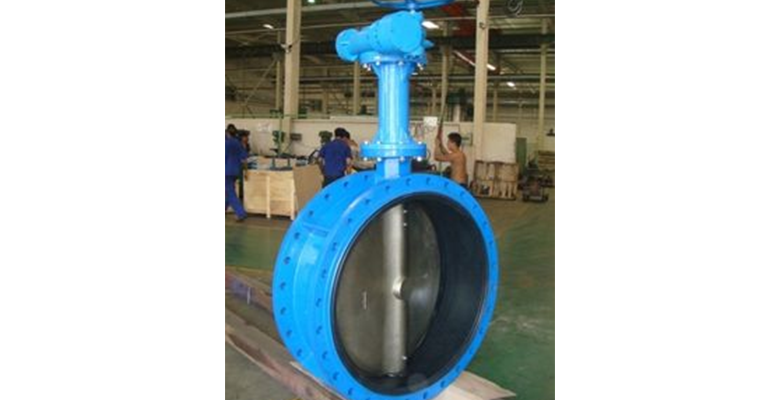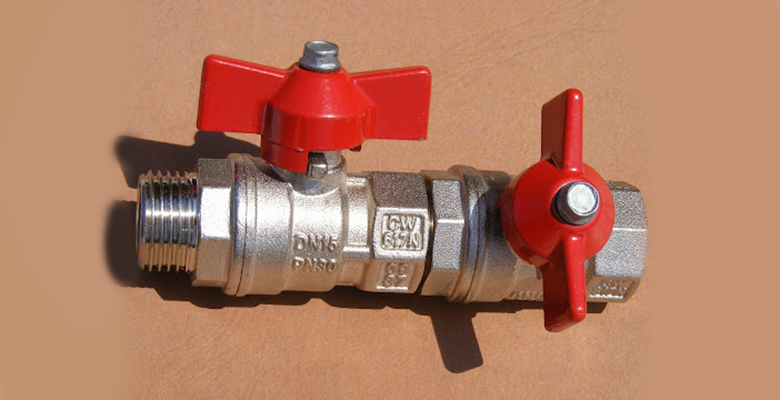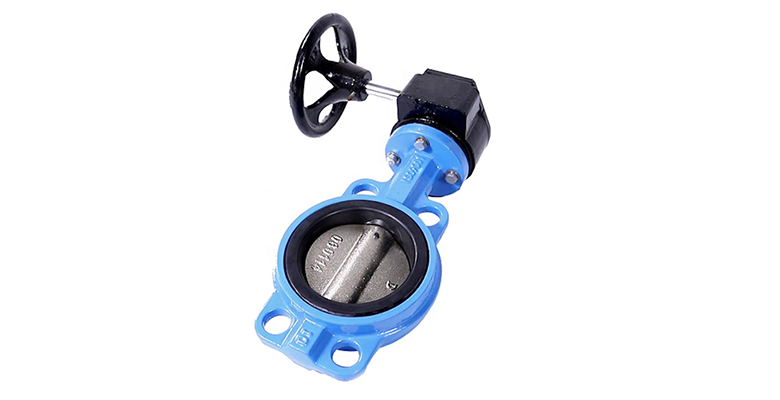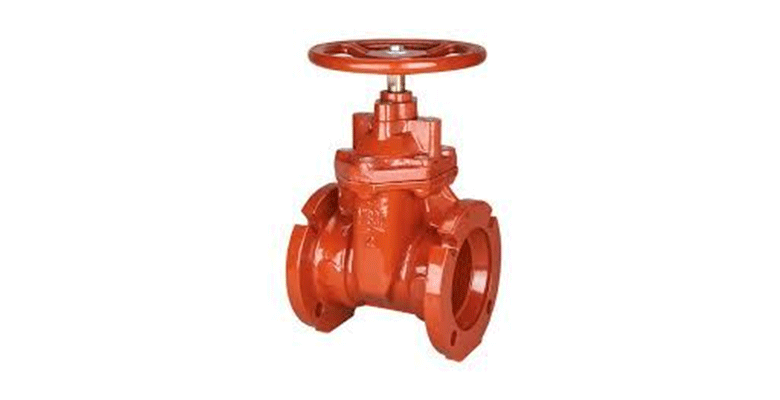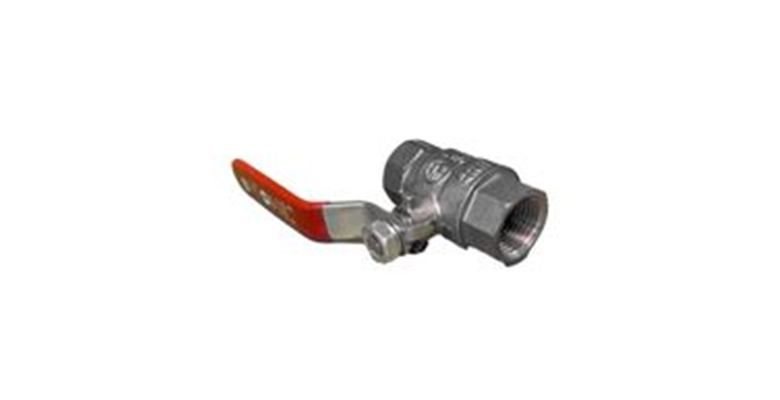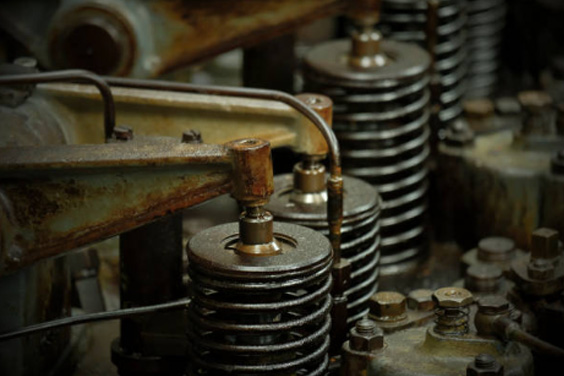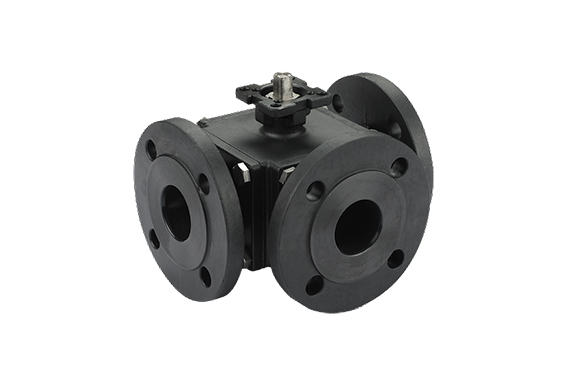There are a lot of reasons to learn how to solder a ball valve. Maybe you need to fix a leaky faucet, or maybe you’re just interested in learning a new skill. Whatever the reason, soldering is a valuable skill to have. It’s not too difficult to learn, but it does take some practice. In this blog post, we’ll walk you through the process of soldering a ball valve. We’ll also provide some tips for getting started. So let’s get started!
How To Solder A Ball Valve
So you want to solder a ball valve? Well, it’s not as hard as it looks. Here are the steps you’ll need to follow:
- Clean the surfaces of the pipe and valve that you’ll be soldering. This is critical, because any dirt or debris will prevent the solder from adhering properly.
- Apply a generous amount of flux to both surfaces. Flux helps to clean the metal and prevent oxidation, which can cause problems later on.
- Place the valve into the pipe and heat both surfaces with a soldering iron. The goal is to get the metal nice and hot, so that the solder will flow evenly into all the nooks and crannies.
- Touch the solder to the joint, and let it flow into place. Don’t overdo it, or you’ll end up with a messy joint. Just apply enough to fill all the spaces between the pipe and valve.
- Allow the joint to cool, then test it for leaks. If everything seems tight, congratulations! You’ve successfully soldered a ball valve.
Do you solder a ball valve open or closed?
Most people think that when they need to solder a ball valve, they should do it with the valve in the open position. However, this can actually be more difficult and may not provide as strong of a connection.
It is easier to solder a closed ball valve because there is less heat loss and the joint area is smaller. In addition, the hot solder will not run onto your fingers when the valve is closed. While it may take a little longer to heat up the joint, soldering a ball valve closed is generally the best option.
Can you damage a ball valve when soldering?
If you’re a plumber, you probably know that ball valves are designed to withstand high temperatures. But what happens if you accidentally solder a ball valve? Can you damage it beyond repair?
The short answer is yes, you can damage a ball valve when soldering. The heat from the torch can melt the plastic parts inside the valve, causing it to leak or even rupture. In addition, the flames can char the metal components, making them brittle and more likely to break. So if you’re soldering a ball valve, be careful not to overdo it. Otherwise, you could end up with a costly repair bill.
What temperature does silver solder melt at?
Silver solder is a type of low-temperature solder that is commonly used in jewelry making and other small-scale metalwork. It has a lower melting point than other types of solder, which makes it ideal for delicate work. Silver solder typically melts at around 762 degrees Fahrenheit. However, the exact melting point will vary depending on the exact composition of the solder.
For example, some silver solders contain lead, which lowers the melting point. Silver solder can be found in a variety of different gauges, or thicknesses. The gauge you use will depend on the project you are working on and the materials you are using. Silver solder is a versatile and useful tool for any jeweler or metalsmith. With a little practice, you can master this essential technique.

